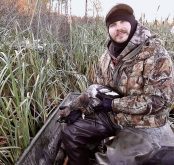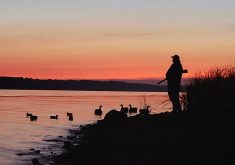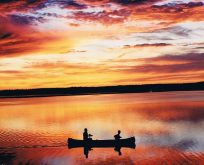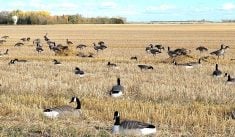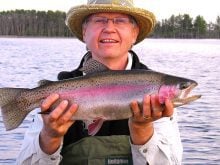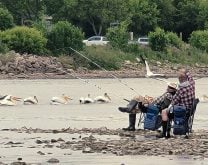I have been drawn to fishing for smallmouth bass for much of my life. They are exciting to catch and live in beautiful places.
In my case, they are also a part of family memories.
My parents owned a modest cottage on the Winnipeg River, built with used two-by-fours and sweat equity. Dad, whose family immigrated from peasant life in Eastern Europe only to face the Great Depression, wanted his kids’ lives to be more than the dawn-to-dusk toil of his youth. There were always chores and building projects at the lake, but Dad made sure we had time for fun and discovery.
Read Also

Manitoba launches CWD tracking tool
A newly launched digital dashboard allows hunters to track where chronic wasting disease has been confirmed in Manitoba
Dad was a good carpenter, as evidenced by the wooden runabout boat (dubbed the Soapy-J) he built one winter in the 1950s. After adding a fussy but reliable 10-horsepower outboard motor, our family could explore and fish out on the water.
Looking back, the Soapy-J was our discovery machine, launching our life-long passions for nature and the outdoors.
At first, Dad guided us to his favourite fishing spots but, as our age reached double digits, my brother and I were allowed to go on our own. We fished for everything that could be caught, but bass were something special.
They were uncommon in our waters back then, and that made them alluring. Bringing one home was like winning an angler-of-the-year prize. By the 1980s, bass had become more prevalent.

I started to slot bass fishing into June in my fishing schedule. This is when they are in shallow water, and I can fish for them on the surface with my fly rod.
Why it matters: Provincially, smallmouth bass can be caught year-round, although certain water bodies have specific restrictions and anglers should double check the rules.
This eastern continental species is not native to Manitoba. Stocking began in the Winnipeg River over a century ago and they have since been added to waters across southern Manitoba and north towards The Pas.
Their habitat includes rocky underwater ledges and boulder-filled shorelines that extend well below the waterline. Crayfish, one of their main food items, are also partial to these areas. Minnows, insects, leeches and other aquatic organisms round out their diet.
Their approach to mating and reproduction is unusual. Bass are a nest-building species, and the male does the work. Those males seek spots close to shore where they excavate a shallow depression about twice their length. They defend the territory from other males, but switch to charm mode when a female cruises by in search of the best nest and best male to entrust with her eggs.
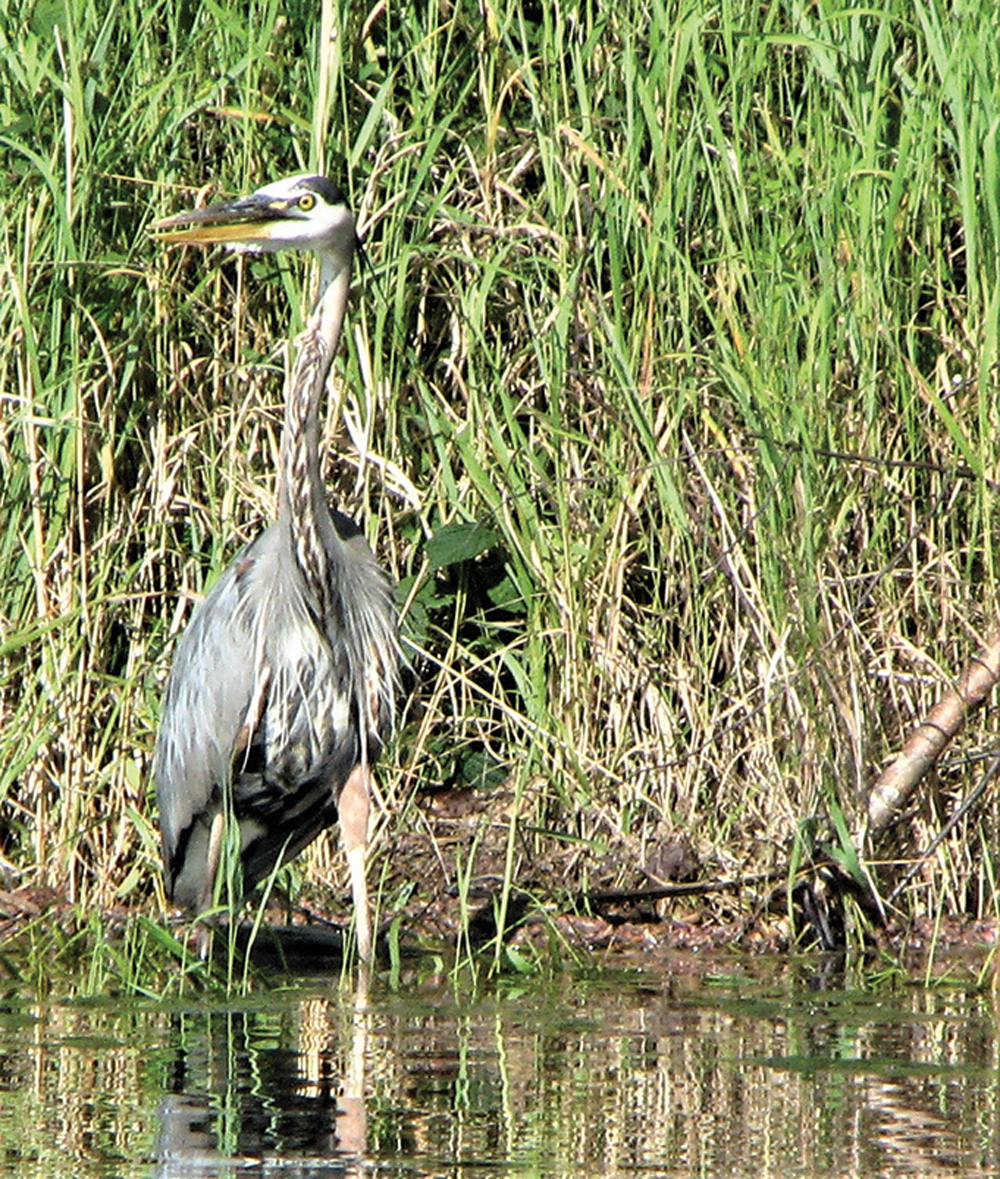
I once got to test the tenacity of a male with his nest. He had picked a gravel bed on the edge of a busy boat launch. As I waded to the nest, I was able to put my boot into one edge while the fish defiantly held to the opposite corner, not two feet away.
Spawning occurs around mid-June. The male’s reward for attracting a female is a bout of parental duty. After eggs are laid, the male stays on guard, fanning the eggs to help keep them viable. After eight to 10 days, they hatch. The fry are under close watch for two to three weeks.
Young bass can be identified close to shore or around docks; they are small, black and clustered together.
The June bass experience
I don’t give bass too much of a thought in May, preferring to wait for the water to warm. But once the breeding cycle kicks in, I have to get out there. I look forward to this time like nothing else on my fishing calendar.
The fish are in shallow water; they are aggressive and will attack lures on the surface, which many will agree is the most exciting way to fish.
Aside from the fishing itself, June means poking along picturesque shorelines, often the same shorelines I used to hit with my brother back in the days of the Soapy-J.

I am inclined to be on the water before dawn. I think the fishing is better, but it is also the best part of the day. A sunrise burning through June mist illuminates land and water in ways that take my breath away. Even on the busiest of waters, an early rise provides an exclusive slice of heaven for least a couple of hours.
As I cast up against rocks cleaved by frost and scoured millennia ago by mile-high glaciers, nooks and crannies in the lichen-covered granite demand my attention. Holding bits of precious soil, they are lush with mosses, ferns and tiny saplings.
Flowering anemones, columbines and bunch berries complete the picture. I am drawn to the subtle beauty of these wild rock gardens.
I can expect a loon or two to barge by my boat in pursuit of minnows and I am not all that surprised if a curious otter checks me out. On land, songbirds vocally battle for territory. I have learned to identify many of their calls and, some mornings, I can pick out more than 20 species. I also listen for ruffed grouse drumming, as the frequency hints at how many birds I might encounter in the fall hunting season.
I use large creations called poppers at the end of my rod, made up at my fly-tying bench with a cork body and feathers sticking out in ways that vaguely suggest a frog. I cast that popper to likely spots at the water’s edge, then let it sit for up to 10 seconds before retrieving it. Bass often attack just because an intruder has dared to encroach on them.
In terms of experience, one fish smashing my floating popper is worth many I might have dredged up using flies that sink deep. It also helps to keep me humble, since I lose many more than I land.
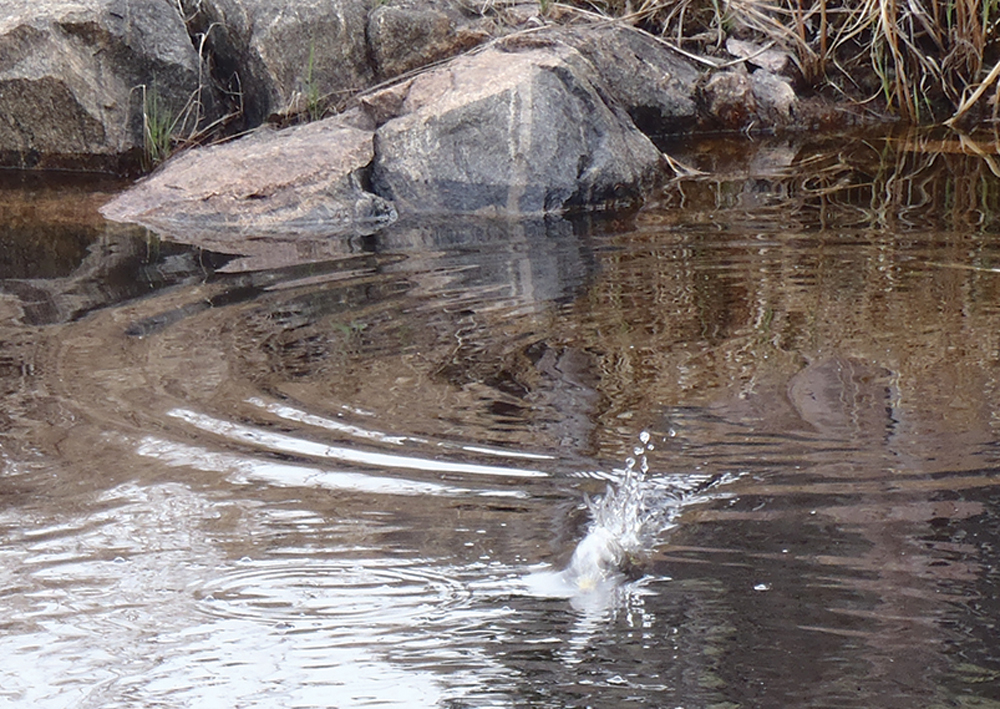
The next generation
As my kids got good at casting with spinning rods – and sort of overcame their revulsion to getting out of bed early – it was my turn to guide them in the Soapy-J. They perfected a technique whereby the lures would be cast onto the rocks and then gently worked into the water. This doesn’t scare the fish as much as a lure landing heavily on the water, but it takes its toll on the dainty lures.
This irritated their guide a little, but it became part of the game. The kids would dangle a beaten lure in front of me, saying, “Hey Dad, could you put on a fresh one? And maybe you should buy a few more.”
Those trips are some of my most memorable cottage experiences. The day they lost count of the fish they landed (I didn’t; it was 34), including two Master Angler fish, is burnished into the family memory.

Summer bobbers
As the spawning season gives way to summer, bass move to deeper waters offshore or along reefs well below the surface. They are eminently catchable, but you need to get your lures and bait down to them.
I prefer a simple but not commonly used technique called a slip bobber. Once you figure out the rigging, it is one of the best ways to introduce new anglers to fishing.
A slip bobber has a long, vertical tube through which you run your line. With a moveable ‘bobber stop’ on the line above your float, you can adjust the depth at which your bait suspends. If this sounds confusing, there are dozens of how-to videos online.
With this rig, you can hang a worm just off the bottom of a submerged reef or a rocky point. Bass and many other species like perch, rock bass and goldeye find it irresistible.
The bobber gets pulled under when the fish takes the bait. That is when you set the hook and start reeling. It is as visual as a fish hitting a lure on the surface, even if the bait is 10 feet down, and beginners figure it out quickly.
My children grew up fishing with slip bobbers for bass, but also for perch, walleye and goldeye. Many of my nieces and nephews also got their angling introduction using a slip bobber.
As the kids in the extended family were growing up, my in-laws would rent a large cottage on Lake of the Woods for a mid-summer get-together. I would bring down my boat, a flat-bottomed fiberglass affair that could take lots of people for its relatively small size.
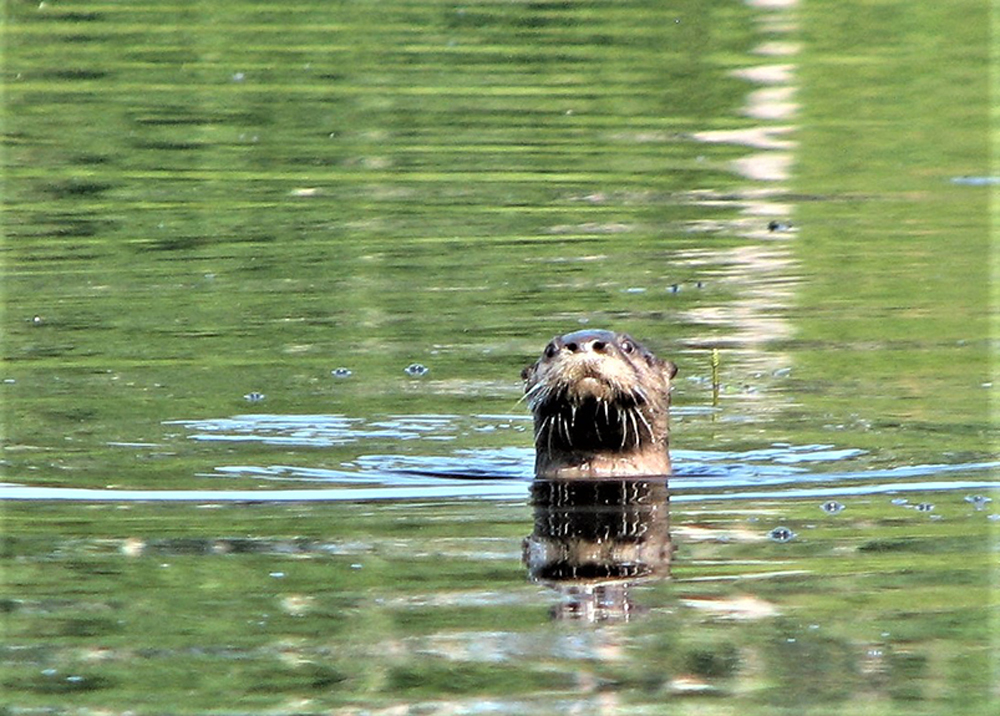
After the obligatory skiing and tubing, someone would call out, “Hey Uncle Tim, can we go fishing?”
I knew the area held many bass. We rigged every available rod with a slip bobber and filled the bait box with worms. Our merry little fishing crew, often no fewer than four keeners, barged out to test our fortune.
And it usually worked. We would anchor along a promising shore and, after getting the depth setting right, the kids didn’t have to cast their lines very often. As bobbers went under, excited kids reeled in like crazy. Everyone caught something and we usually had enough keepers for fried fish at the supper table, where sagas of the ones that got away filled the air.
These times go back a while, and it’s good to know that my nieces and nephews still hold onto those memories as I do.
Growing up, and now growing old, having spent countless hours fishing for bass, I can’t imagine a fishing year without a bass trip on the calendar.




